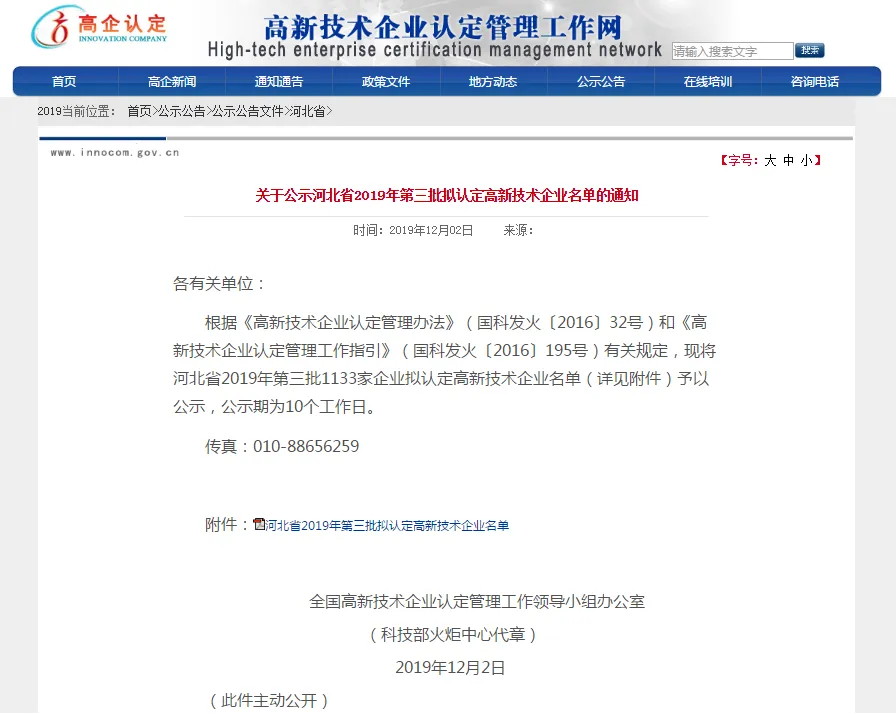Finally, monitoring the herd for signs of illness and stress is a vital aspect of effective management. Early identification of health issues can lead to prompt intervention, preventing more severe cases of diarrhea and associated complications.









